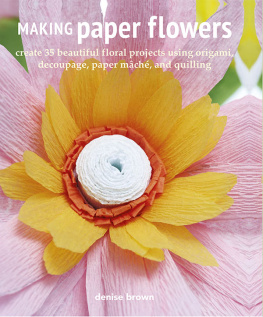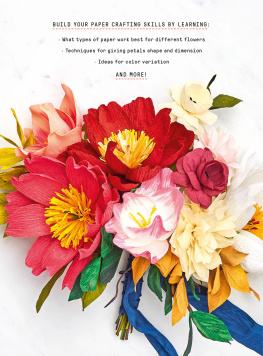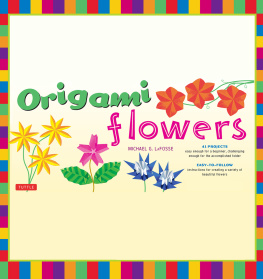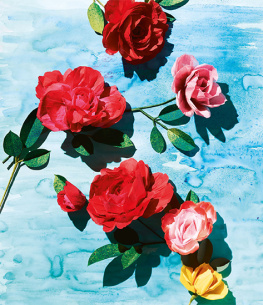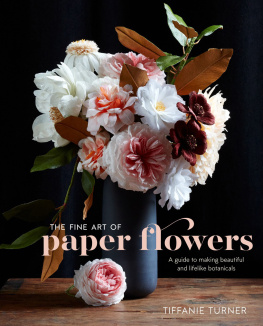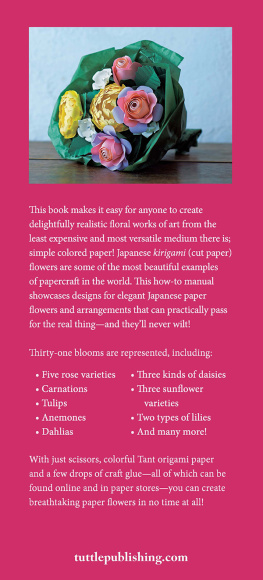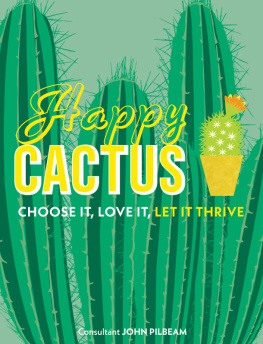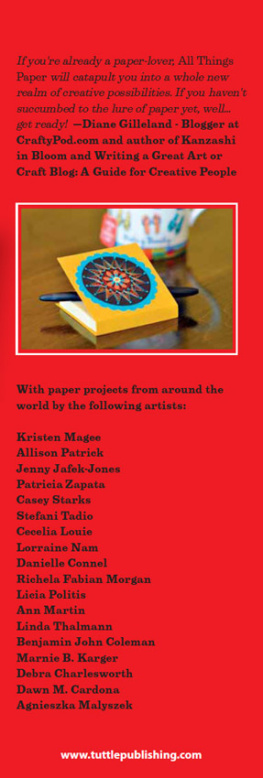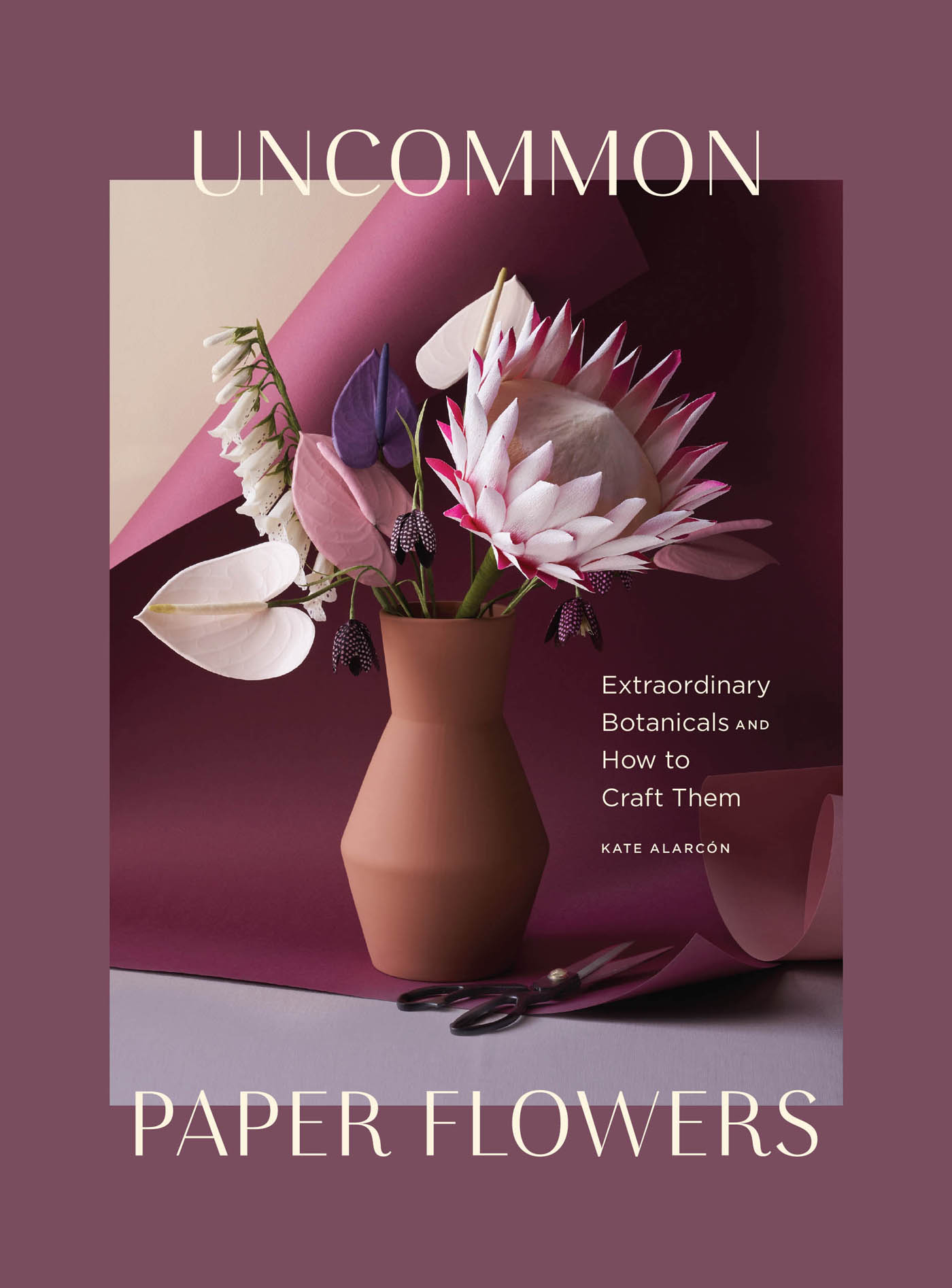



FOR
Andrew, Ben, Evie, and Gracie
photography copyright
2019 by KATE ALARCN .
photography copyright 2019 by ALICE GAO .
photography copyright 2019 by LIZ DALY .
All rights reserved. No part of this book may be reproduced in any form without written permission from the publisher.
Library of Congress Cataloging-in-Publication Data available.
ISBN 978-1-4521-7693-2 (hc)
ISBN 978-1-4521-8138-7 (epub, mobi)
Manufactured in China.
Photography () by ALICE GAO .
Prop styling () by KIRA CORBIN .
Photography () by LIZ DALY .
Design by LIZZIE VAUGHAN .
Typesetting by JARED GENTZ .
Typeset in GOTHAM, GRENALE, AND CASLON .
10 9 8 7 6 5 4 3 2 1
CHRONICLE BOOKS LLC
680 Second Street
San Francisco, CA 94107
www.chroniclebooks.com
THE FOLLOWING TRADEMARKS WERE USED IN THIS BOOK: Aleene's Original Tacky Glue is a registered trademark of Duncan Enterprises DBA iLoveToCreate Corporation; Art-C is a registered trademark of Momenta, Inc.; BazzillBasicsPaper is a registered trademark of Bazzill Basics Paper, Inc.; BBC is a registered trademark of The British Broadcasting Corporation; Canson Mi-Teintes is a registered trademark of Canson Societe Par Actions Simplifee; Colortool is a registered trademark of Design Master Color Tool, Inc.; Copic is a registered trademark of Kabushiki Kaisha Too (Too Corporation) Corporation; Core'dinations is a registered trademark of American Crafts, L.C.; Darice cardstock is a registered trademark of Darice, Inc.; DecoArt is a registered trademark of DecoArt, Inc.; Design Master is a registered trademark of Design Master Color Tool, Inc.; Elmer's is a registered trademark of Sanford, L.P.; Faber-Castell PITT Artist Pen is a registered trademark of Faber-Castell Aktiengesellschaft Corporation; FolkArt Home Decor is a registered trademark of Plaid Enterprises, Inc.; Krylon is a registered trademark of SWIMC LLC; Mod Podge is a registered trademark of Plaid Enterprises, Inc.; Nuvo is a registered trademark of Tonic Studios Limited; PanPastel is a registered trademark of Bernadette Ward and Ladd Forsline; Pringles is a registered trademark of Pringles LLC; Prismacolor Premier is a registered trademark of Sanford, L.P. Newell Operating Company; TintIT. is a registered trademark of Design Master Color Tool, Inc.; Tsukineko is a registered trademark of Tsukineko Co., Ltd.; Werola is a registered trademark of Seaman Paper Asia Company Ltd.
Contents
PART I
The Flora





PART II
Foundational Tools and Techniques
PART III
Making the Flowers
WELCOME TO THE
Uncommon Plant Kingdom
The plant kingdomwith its spines, spikes, tendrils, crinkles, tufts, trumpets, purses, and pistilsis both spectacularly diverse and deeply strange. It offers the paper flower maker an inexhaustible variety of forms, textures, and colors to attempt to re-create. The plants and flowers that seduce me into devoting hours (and sometimes even weeks) to re-creating them are often the dark and the unusual, the overlooked and the underused. I love to try to capture the creepy beauty of a carnivorous plant or the fairy-tale quality of a foxglove.
The flora youll find here are uncommon in a few different ways: some are oddly shaped and little known, like the star cactus (Astrophytum asterias) or jack-in-the-pulpit. Some, like the spider plant and red hot poker, are familiar enough in the garden or greenhouse but not often used in arrangements. Some are lesser-known varieties of cut flower favorites like roses, peonies, and poppies.
The plants and flowers in these pages are organized by habitat. I chose flowers for each environment with a clear picture of the habitat in minda clearing at the edge of a forest, a desert in bloom, a slightly unruly cutting garden. Grouped by landscape, the plants and flowers in each section seem at home together and reveal shapes and textures that they have in commonthe delicate forms of the woodland plants and the sculptural qualities of cacti, for example. But I also love to mix flowers from different environments to create playful, unexpected arrangements. As you craft your own paper flowers, I hope youll feel free to pair anthuriums with succulents, or opium poppies with cobra lilies. Part of the fun of making uncommon flowers is using them in uncommon arrangements.
Translating Nature in Paper
Paper flower making might seem like a fairly narrow pursuit: its a craft that basically requires you to translate one subject (flora) into one medium (paper). But the almost infinite variety found within the plant kingdom, the wide array of paper stocks, and a whole universe of surface design techniques provide tremendous room for the paper flower artist to experiment and innovate. Its an ever-evolving craft teeming with fresh challenges and puzzles to solve: making a lichen is vastly different from making a poppy, and being an expert at rose-making isnt much help when youre trying to craft mushrooms.
Although paper flower making requires a measure of artistic flair to achieve a convincing lifelike appearance, you must first understand the basic construction of a given plant or flower type, especially for more complex and unusual designs. Because Im drawn to such a broad range of plant life, I spend a lot of time developing the technical ability to make a new plant or flower. For some designs, in order to make a particular flower or plant Ill refer back to a series of successful techniques developed through trial and error in earlier projects. That aspect of the design processthe unlocking of one technique that opens up the possibility of another project, with its own puzzlesis a central part of what I find compelling about paper flowers. A lot of what youll see in the following pages is a result of restlessness and curiosity.
When I begin a new paper flower project, usually Ill start by identifying the elements I feel uncertain aboutmaybe its the fuzzy center of a king protea or the gills of a mushroomand tackle those first. Working out these elements first ensures that I dont end up with a flower thats perfect except that it completely lacks an essential element, like the center or gills. Then, once Ive figured out all the elementscenter, petal shape, leaves, colorsIll start putting the plant together. Often, especially if its a very involved plant, Ill make half of one, just to make sure I have my model right. Once Im pretty confident in the design, I start putting the full structure together. Usually if Im making multiples of something, Im tweaking the design with each additional flower. I find the hard deadline of a class or tutorial helpful, since it forces me to commit to a finished design and write the instructions for a project that might still feel imperfect to me. Every few weeks I sweep my workspace for projects that are half worked up and not going anywhere, and I dump them into a big plastic box that I keep in my craft closet. Over the years the box has become a big, messy reference space full of potentially cool ideas, dead ends, and half-solved puzzles.
Next page


